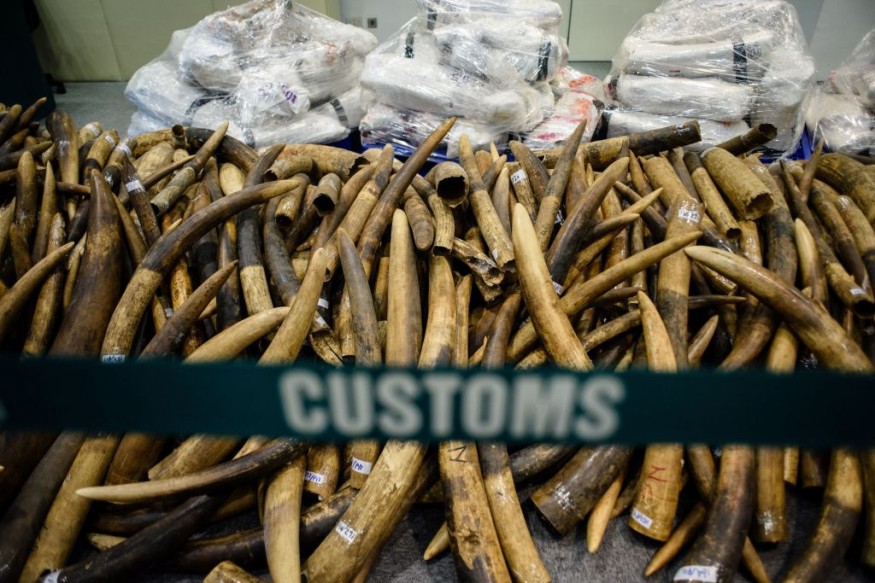Several reports said the trade in hippopotamus teeth has increased due to tighter controls on the ivory market. Wildlife activists warn that there might be catastrophic consequences for a species already considered "vulnerable to extinction."
"We found the increase in hippo ivory trade in the UK within a month after the near total-ban of elephant ivory was introduced," says Frankie Osuch, lead author of a report released by Born Free in September.

The researchers said there is "deeply concerning evidence of increased demand for ivory from hippos, whose numbers in the wild are under threat."
This tendency was evident in 1989 when a global ban on the trade in ivory was originally agreed upon. It has only become worse as more stringent enforcement measures have been implemented by nations.
Although they are less expensive and more accessible than ivory, hippo teeth and tusks are frequently utilized for beautiful sculptures.
Ban on Ivory Trade
Earth Touch News said one-time sales of ivory were approved in 1999 and 2008, although there has been a global prohibition on the trading of ivory since 1989.
Ivory has a long history of usage in traditional medicine, as well as the creation of sculptures, figures, and decorations.
Even though the international trade in rhino horn has been prohibited since 1977, well-connected poaching gangs nevertheless transport horns out of areas where rhinos are found to satisfy demand in Asian nations like Vietnam and China.
Since the beginning of the current rhino poaching crisis in 2008, about 10,000 rhinos have been murdered for their horns.
Between January and June of this year, 259 rhinos were poached in South Africa, the country home to the majority of the surviving rhinos in the world.
Why Ivory Tusks are in Demand
Arab news site Alarabiya News said hippo tusks and teeth are frequently used for ornamental sculptures like elephant ivory, although they are typically less expensive and more accessible.
Hippos are becoming fewer; a study by the International Union for Conservation of Nature found that since 1994, the number of hippos has decreased by 30% globally.
Alarabiya News, citing several reports, said ten nations in West and Central Africa also state that poaching and land degradation have continued to cause a dramatic drop in population.
The larger pygmy hippo and the smaller common river hippo are the two hippopotamus species.
One of the biggest animals on Earth is the hippo. Males average 3,500 to 9,920 pounds, while females weigh 3,000 pounds.
Although hippos are not related to horses, the word "hippopotamus" is derived from Greek and means "river horse."
Poaching, Land Degradation Declines
BBC News, citing ten nations in West and Central Africa, said poaching and land degradation have continued to cause a dramatic drop in population.
Prior to a CITES conference in Panama last month, they advocated a full ban on trade, but this would only have been legal under CITES regulations if there had been a population decline of more than 50% in the previous ten years and an IUCN analysis did not support this finding.
Three-quarters of the estimated 13,909 hippos whose parts and products were trafficked between 2009 and 2018 came from Tanzania, Uganda, Zambia, and Zimbabwe, some of the East and South African nations.
The Humane Society International's Joanna Swabe, senior director of public affairs, notes that not much has been done to establish hippo populations since 2016.
RELATED ARTICLE : 7-Foot Long Woolly Mammoth Tusk Examined via a New Clinical CT Scanner; What Did the Researchers Discover?
Check out more news and information on Animals in Science Times.
© 2025 ScienceTimes.com All rights reserved. Do not reproduce without permission. The window to the world of Science Times.












